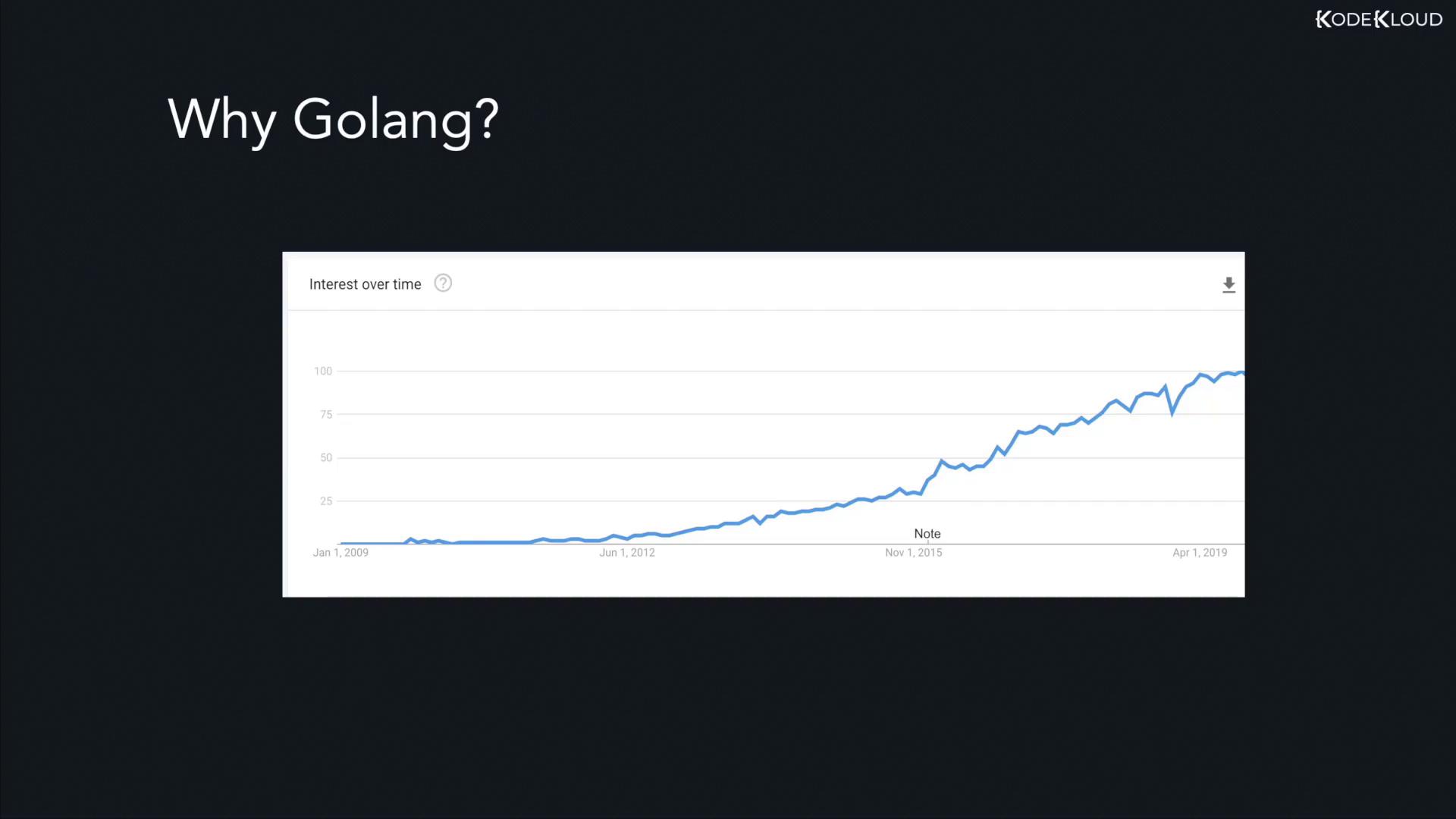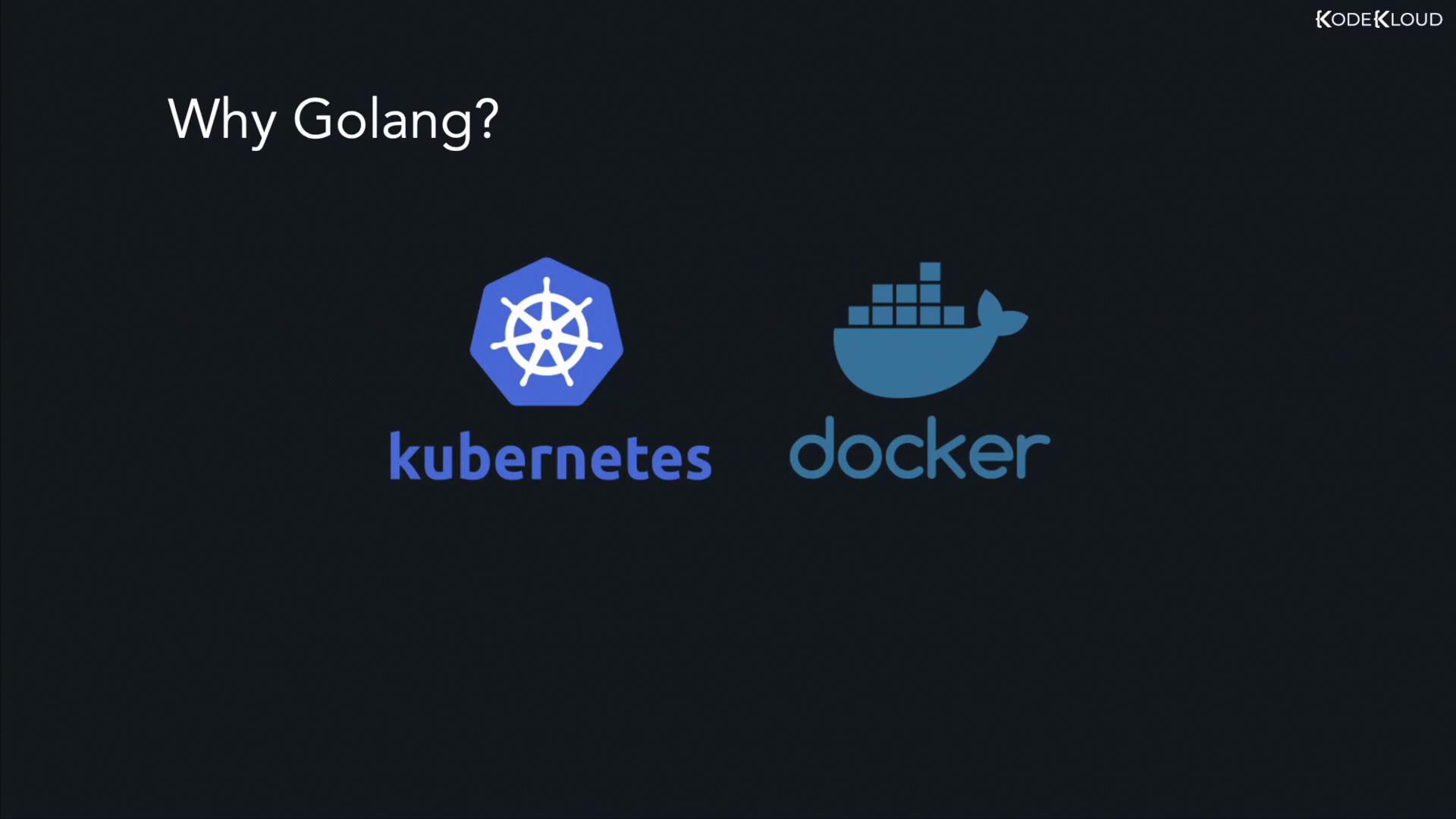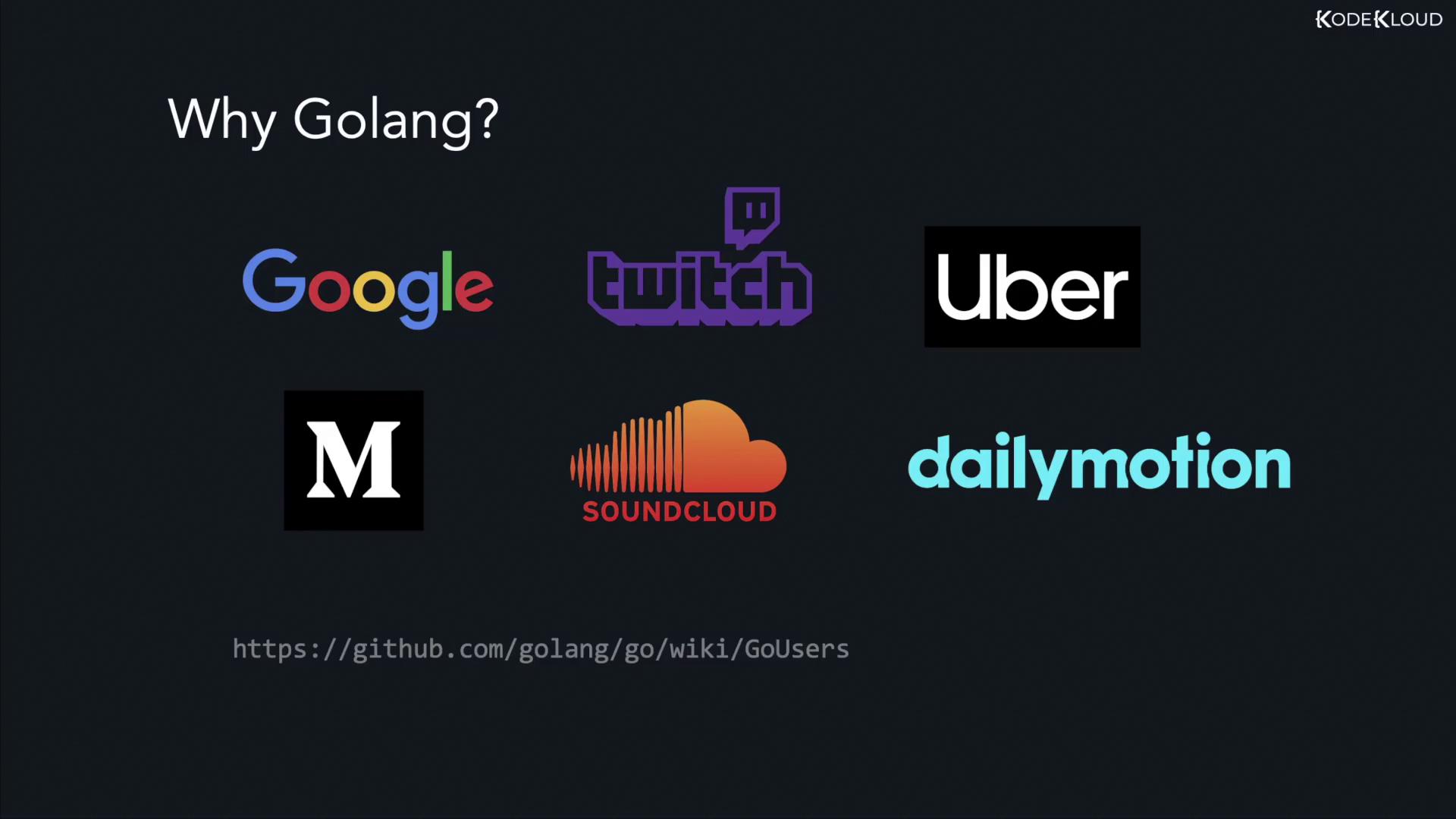Golang
Getting Started
Course Introduction
Hello everyone, my name is Priyanka Yadav, and I'm excited to be your instructor for this course on Go.
I'm currently working as a software engineer at LinkedIn, and in this article, we will explore the fundamentals of Go, often referred to as Golang. Developed and maintained by Google, Go is an open-source programming language renowned for its simplicity and performance. Its ease of adoption and growing popularity make it a great choice for both beginners and experienced developers alike.
Even though there are no strict prerequisites for this course, having prior experience with programming languages like Python or C++ will help you grasp the concepts more quickly. We will begin with the basics and progressively cover more advanced topics.
Golang has quickly emerged as one of the most in-demand programming languages, leaving a significant impact on the tech industry despite its relatively short history.

The increasing adoption of Golang is especially evident in the world of cloud computing. Many major cloud infrastructure projects, such as Docker and Kubernetes, leverage Go for its efficiency and scalability.

Tech giants and innovative startups alike harness Golang for its reliability and speed. Renowned companies like Google, Twitch, Uber, Medium, SoundCloud, and Dailymotion are among the many that use Go. For the latest updates on companies using Go, you can refer to the official Golang GitHub page.
With the increasing prominence of cloud and DevOps initiatives, the future of Golang looks exceptionally promising.

Learning Made Fun
In this course, we simplify Golang concepts using animated illustrations and practical examples to create an engaging learning experience. Each lesson is supported by hands-on labs, ensuring that you can immediately apply what you've learned.
The primary objective of this course is to introduce you to the foundational concepts of Golang. We will cover key topics such as:
- Data types and variables
- Operators and control flow
- Arrays, slices, and maps
- Functions and pointers
- Structs, methods, and interfaces
I hope you're as excited as I am to begin this journey into the world of Go.

Let us begin.
Watch Video
Watch video content